
Finland - steam
For a full scale picture, please click on the picture shown !
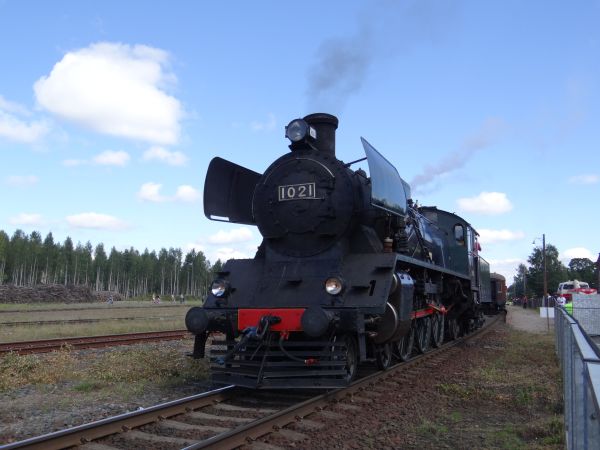
This category is for broad gauge 1524 mm steam locomotives.
This top of the page photo shows a class Hr1 "Ukko-Pekka", the biggest and fastest Finnish passenger train steam
locomotive of all times. This one is the last Hr1 built and it is kept in working condition at the Finnish Railway Museum
in Hyvinkää. Photo from Hyvinkää 9.8.2015 by Ilkka Siissalo.
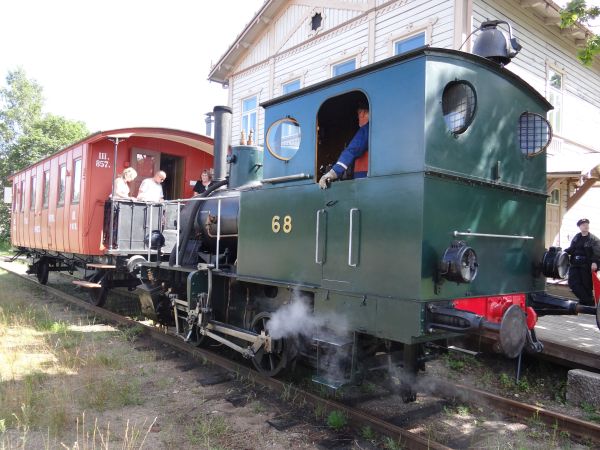
The class Vk4 locomotive No. 68 "Leena" is VR's oldest preserved locomotive. It was built in 1910 at Borsig in Germany.
It worked for military purposes by the fortress of Ino in Terijoki during the first world war, then served
as an industrial locomotive for Pietarsaaren Selluloosa Oy until 1945, when it was transferred to VR.
VR kept it in use until 1967. Picture at the Finnish Railway Museum in Hyvinkää 9.8.2015 by Ilkka Siissalo.
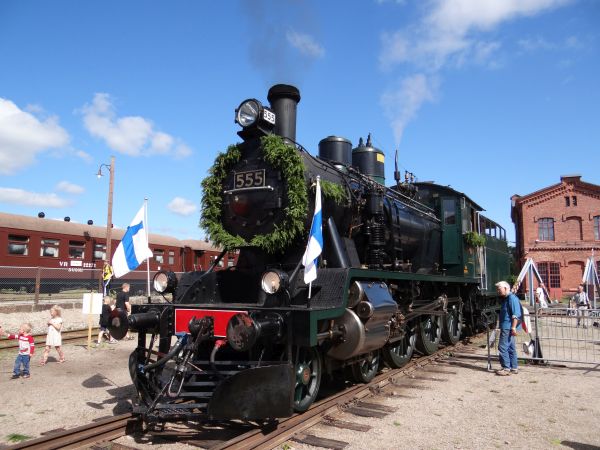
A class Hv1 passenger traffic steam locomotive decorated and heated at the Finnish Railway Museum in Hyvinkää on the 9.8.2015.
This locomotive had the nickname "Princess". The companies Tampella and Lokomo built 1915-1921 altogether 42 Hv1
locomotives. Picture by Ilkka Siissalo.
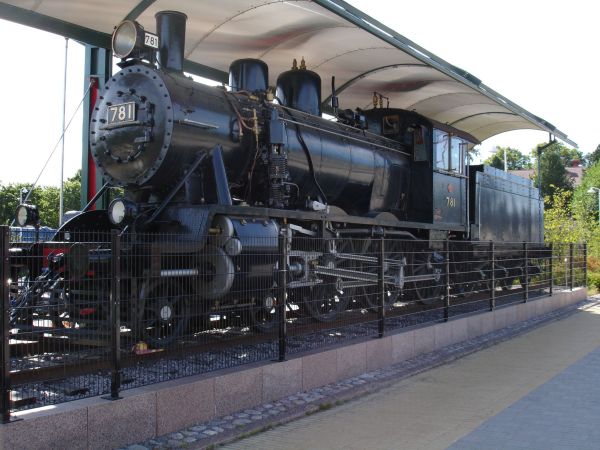
A class Hv3 passenger traffic steam locomotive is preserved and kept at Kerava station. Of the 24 machines built of this class,
three have survived. Photo at Kerava station 29.7.2006 by Ilkka Siissalo.
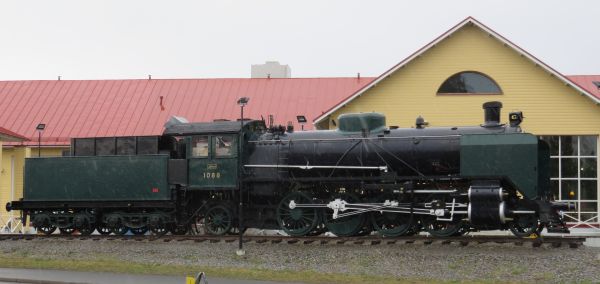
A class Tr1 cargo steam locomotive of VR has been outwardly renovated and is now
kept as a monument by a petrol station in Toijala, Akaa. These machines were nicknamed "Risto",
because when they were new, Finland's president was Risto Ryti. Picture by Toijala abc petrol station 20.4.2016 by Ilkka Siissalo
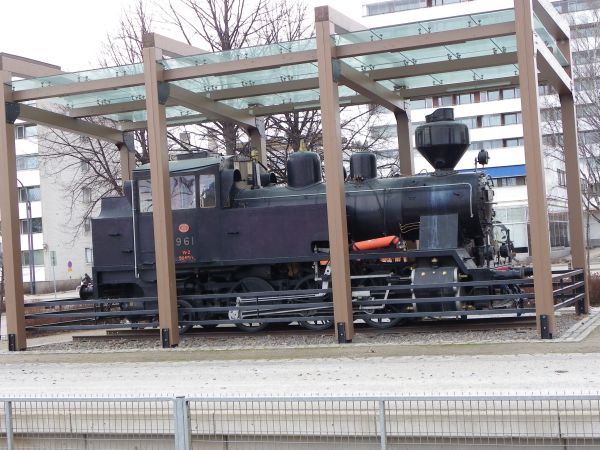
The class Vr2 light shunting locomotive nicknamed "Ankka" (duck) was once commonplace. It was used for shunting and delivery of
cargo wagons to factories and similar sidings. This one has been kept as a monument at the Jyväskylä station. Photo in Jyväskylä
13.4.2011 by Ilkka Siissalo.
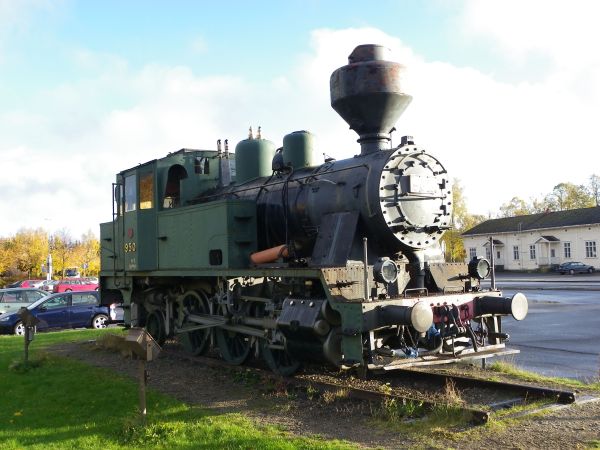
Another class Vr2 shunter has been kept at Joensuu station. This one was built in 1930. Picture 12.10.2010 by Ilkka Siissalo.
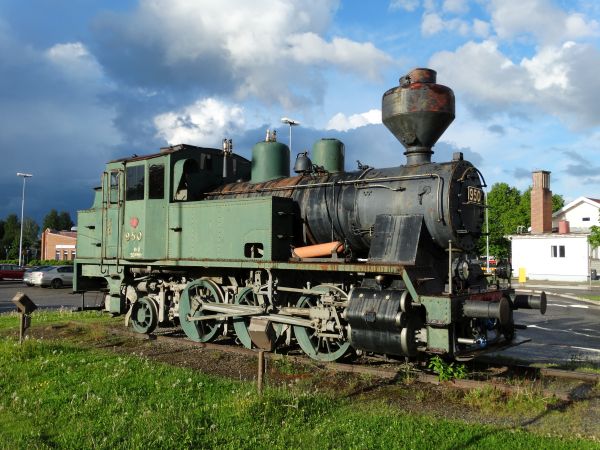
The same Vr2 as above in Joensuu, but now seven years later in 2017. It's getting rusty. Picture in Joensuu 26.6.2017 by Ilkka Siissalo.
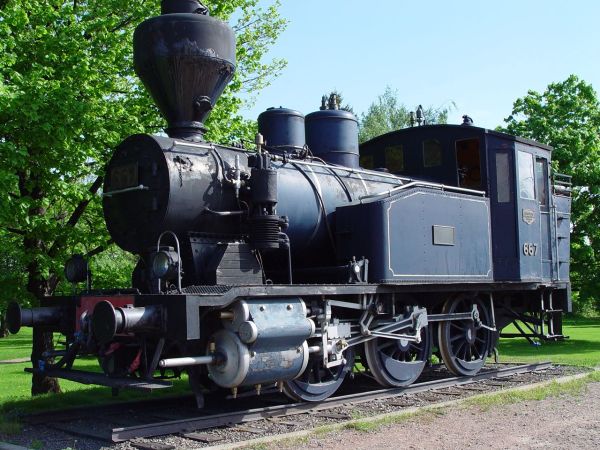
A class Vr1 shunter has been kept as a monument in Kotka. The class Vr1 had the common nickname "Kana" (hen).
Picture 8.6.2005 by Ilkka Siissalo.
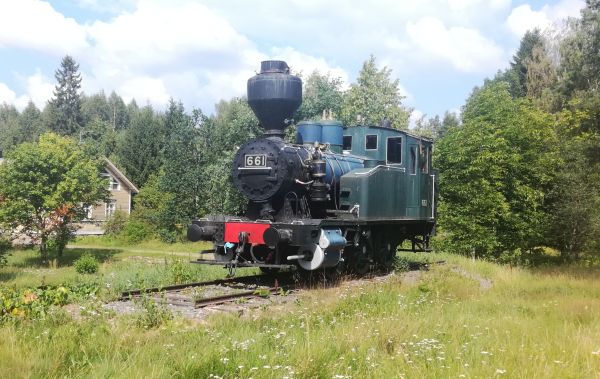
Another class Vr1 shunter, the number 661 is now kept as a monument at Hyrsylänmutka, Nummi-Pusula. Hyrsylänmutka is a museum house built
in the style of Eastern Carelian houses in old Salmi, the area which used to be the easternmost part of Finland and which has now since the WWII
been occupied by Russians. This individual "Kana" was built by Hanomag in Germany in 1921.
Picture by Petteri Holopainen 28.7.2018.
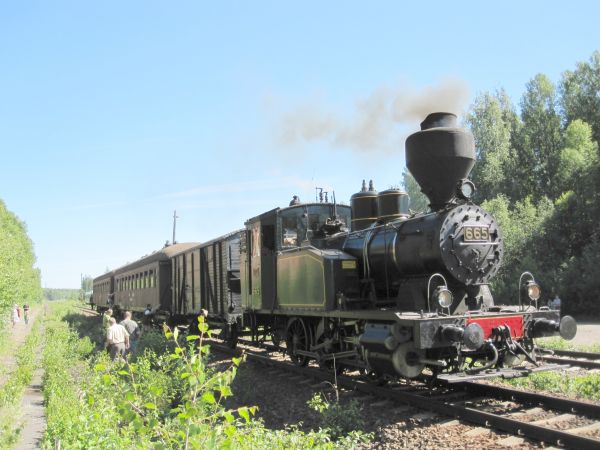
A class Vr1 shunter pulling a museum train. These shunter machines were quite powerful, but since they only had three axles they had a
tendency of starting to move in a swinging motion when ever the speed exceeded some 20 km/h or so. That gave these machines the nickname
Kana (hen). This individual was built by Hanomag in Germany in 1925.
Picture from Huutokoski by Raimo Ikonen in 2010.
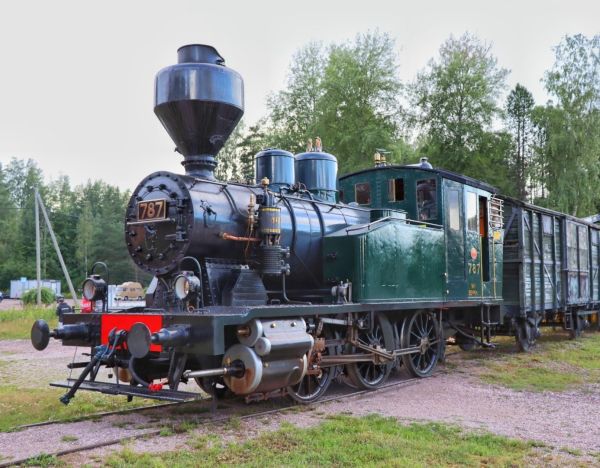
A beautifully restored "Kana", Vr1 no 787 is here participating in the 150 years anniversary of the Porvoo-Helsinki railroad. This individual
hen was built in 1927. The text by its side says that its maximum allowed speed is 25 km/h but actually in museum train use 40 km/h is allowed.
Picture from Porvoo 18.7.2024 by Matti Heino.
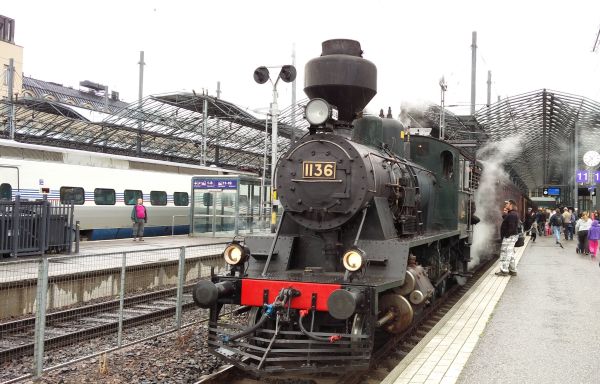
A class Tk3 "Pikku-Jumbo" (little Jumbo) has brought a museum train consisting of 1930s wooden coaches to Helsinki central station.
The locomotive and coaches belong to the association Haapamäen Museorautatieyhdistys. Picture 13.8.2016 by Miko Rautiainen.
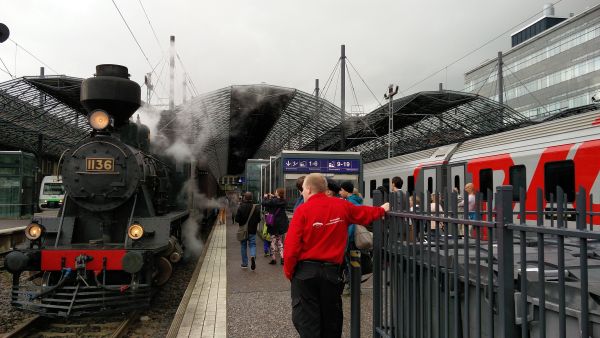
Another view of the class Tk3 "Pikku-Jumbo". In the background a modern express train of Russian RZD en route to Moscow.
Picture 14.8.2016 at Helsinki central station by Miko Rautiainen.
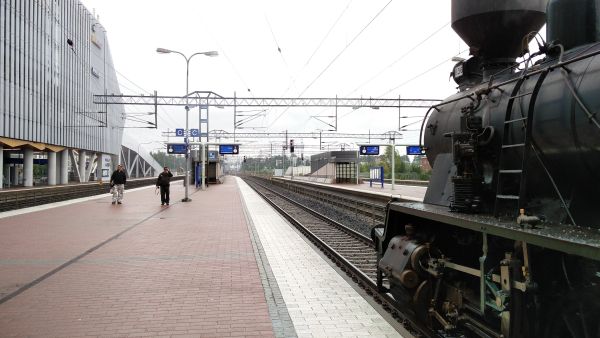
An old train approaching a modern station. A museum train Helsinki-Porvoo led by class Tk3 no.1136 is approaching Tikkurila station.
THe class Tk3 was a light cargo locomotive type, built 1927-1953. Picture 14.8.2016 by Miko Rautiainen.
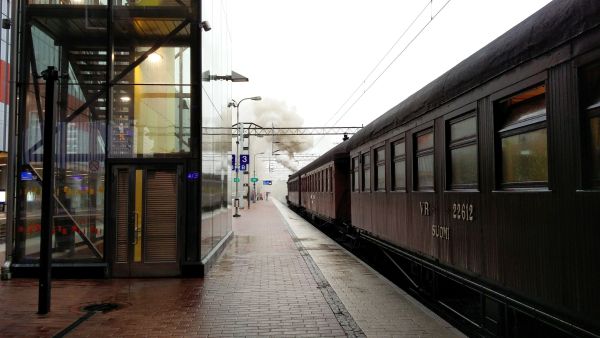
A stylish and pure 1950s express train at Tikkurila station. Picture 14.8.2016 by Miko Rautiainen.
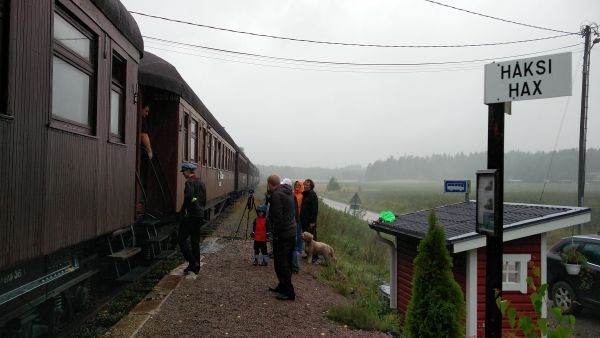
The same 1950s express train as above, here stopping at the very little Haksi station. Picture 14.8.2016 by Miko Rautiainen.
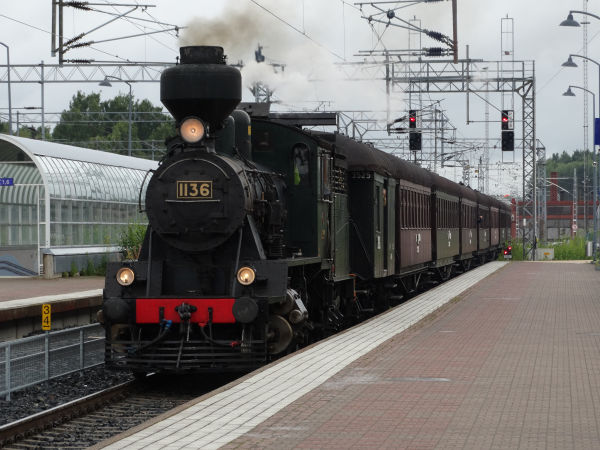
Same train as in the pictures above, but now a year later. This is the Tk3 no.1136 owned by Haapamäen museoveturiyhdistys, here as
a museum train from Porvoo to Helsinki, arriving at Kerava station. Picture 6.8.2017 by Ilkka Siissalo.
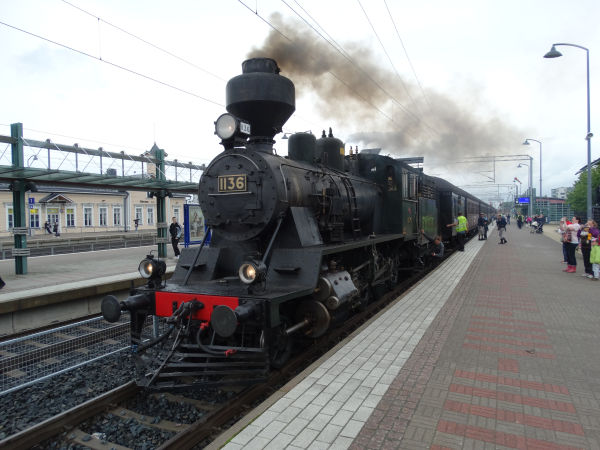
Same train as in the pictures above, here at Kerava station. One guy from the staff is checking that the old slide bearings are
not running too hot. Picture 6.8.2017 by Ilkka Siissalo.
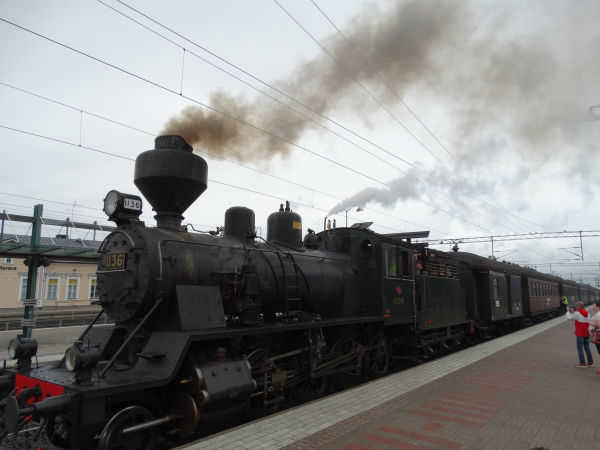
Same train as in the pictures above, just leaving the station of Kerava. Picture 6.8.2017 by Ilkka Siissalo.
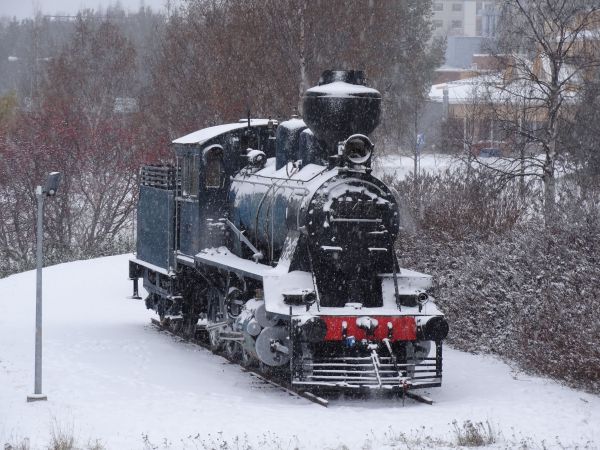
The old class Tk3 cargo steam locomotive looks lonesome and deserted in pouring slush rain at Rovaniemi station 30.10.2012.
Have they forgotten an old, true friend? Picture by Ilkka Siissalo.

Tk3 series unit 1150.
Built by Frichs in 1949.
Photo by Sakari K. Salo.
Uploaded Feb 16, 1998
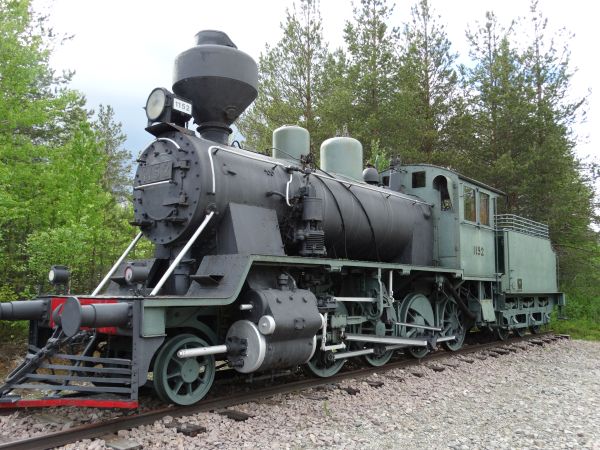
Another Tk3 "Pikku-Jumbo" with the nickname "Santeri" has been kept as a monument in Ämmänsaari, Suomussalmi. This one was built
by Frichs in Århus, Denmark in 1949. Picture 27.6.2017 by Ilkka Siissalo.
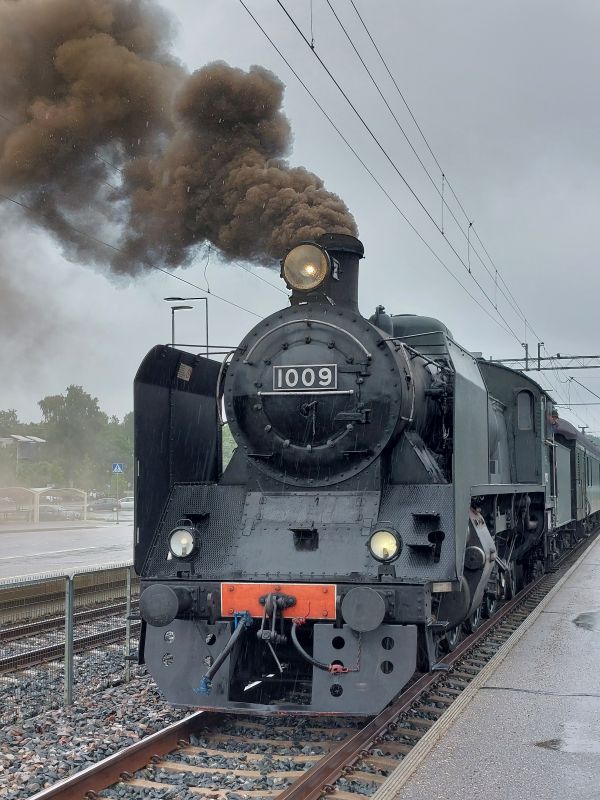
Class Hr1 steam engine 1009 owned by the private company Höyryveturimatkat 1009 (steam engine travels 1009) is seen here leaving
Kirkkonummi station towards Siuntio in the west.
Picture by Merja Eklin 18.6.2022.
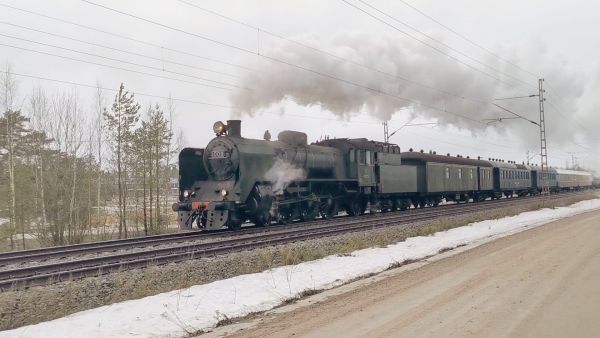
The same class Hr1 steam engine no.1009 on its way towards Helsinki at Huikko, just south of the station of Jokela.
Picture from Huikko 24.3.2023 by Kari Wikström.

